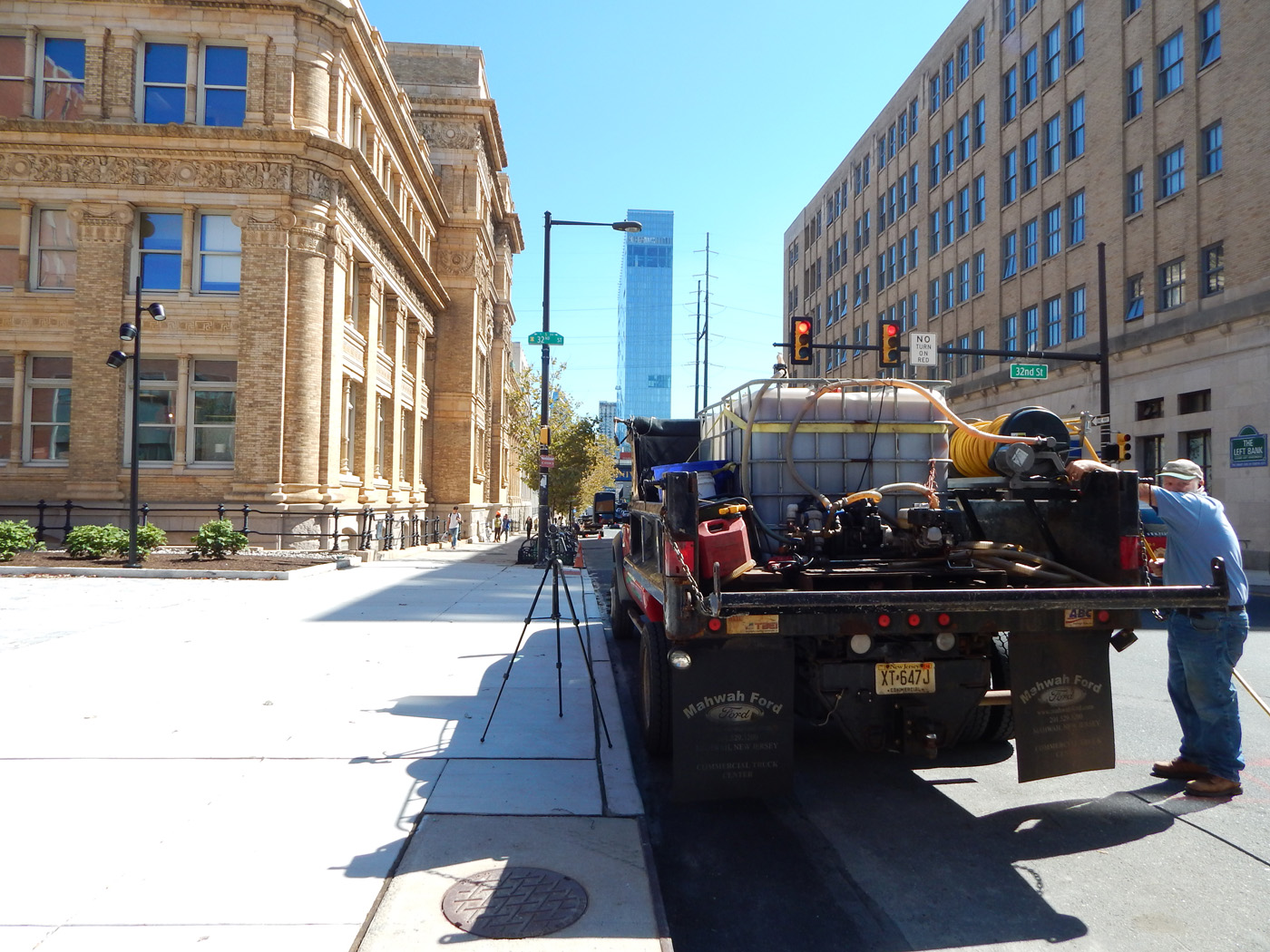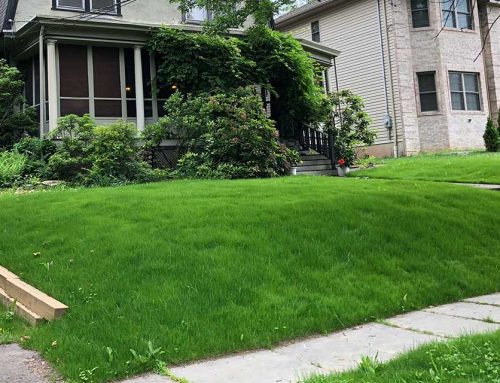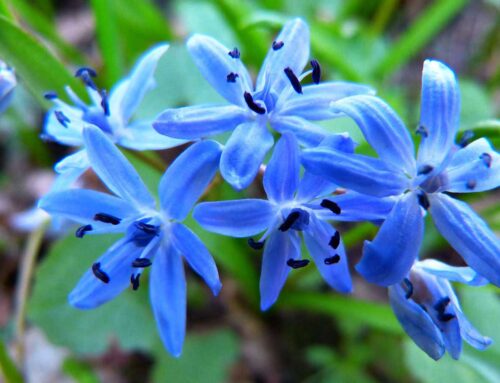Deep Root Feeding – what is it
Trees in urban areas must deal with challenges rarely found in nature. Due to nearby construction and paving, trees often find themselves growing in unnatural surroundings. Soils are compacted by construction, roots are severed for foundations, sidewalks and roadways. Open land that would absorb water to naturally irrigate and fertilize trees is often made “impervious” by this construction or paving activity. To counteract these urban challenges, it is important to provide adequate water and nutrients to the root zones of our trees.
One common method of feeding established trees and plants is Deep-Root Feeding. This is usually done using a pressurized deep-root probe or injection device that places a solution of select nutrients and sometimes liquefied organic additives such as “compost tea” into the root zone where hungry roots can take them into the entire plant system.
Soil research combined with old-school fundamentals indicates that the emphasis should be placed more on feeding and conditioning the soil and increasing the oxygen levels below ground, thereby enhancing the growing conditions for the proliferation of beneficial soil organisms. In addition, it is important to supply nutrients in an organic or organically buffered solution to protect aerobic soil life from potential toxicity.
As in any feeding or fertilizing program, ignoring the needs of soil organisms such as earthworms or microbes will result in poor biological soil health. This will inevitably have a negative affect the health of the trees and plants living in such soil. A growing number of tree and landscape professionals today realize the need for natural soil care and its long term benefits.
The root system of a tree performs many vital functions. Roots store food needed to produce foliage- they absorb and transport water and minerals from the soil- and roots anchor the tree to the ground. However, it is important to consider that he condition and quality of the SOIL and the living rhizosphere will determine the longevity and overall health of the trees and shrubs in any landscape setting.
The major function of feeder roots is the absorption of water and minerals. Feeder roots are usually located throughout the entire area under the canopy of a tree. Under healthy soil conditions as much as 50 percent of the root system grows beyond the drip line and may extend as far as the height of the tree.
Root systems consist of larger perennial roots and smaller, short-lived, feeder roots. The small feeder roots constitute the major portion of the root system’s surface area. Feeder roots grow out from large woody roots and usually grow up toward the soil surface. At the surface, feeder roots mix with lawn and shrub roots and compete for the water, oxygen and nutrients that are more abundant near the surface. Trees and plants growing in urban areas seldom develop taproots, which significantly decreases longevity and overall tree healt.
To enhance the plant’s growth and health, a sustainable and healthy growing medium must be achieved and maintained. You can read more about this on our Creating Soil Biology Page.
Lincoln Landscaping of Franklin Lakes offers a comprehensive deep root feeding program that is beneficial and cost effective to municipalities, educational institutions, and parks and recreational facilities within the New Jersey and Northeastern U.S. areas.
Lincoln Landscaping “The Natural Choice”
Mike Kolenut President & CEO
https://lincolnlandscapinginc.com
(201) 848-9699








